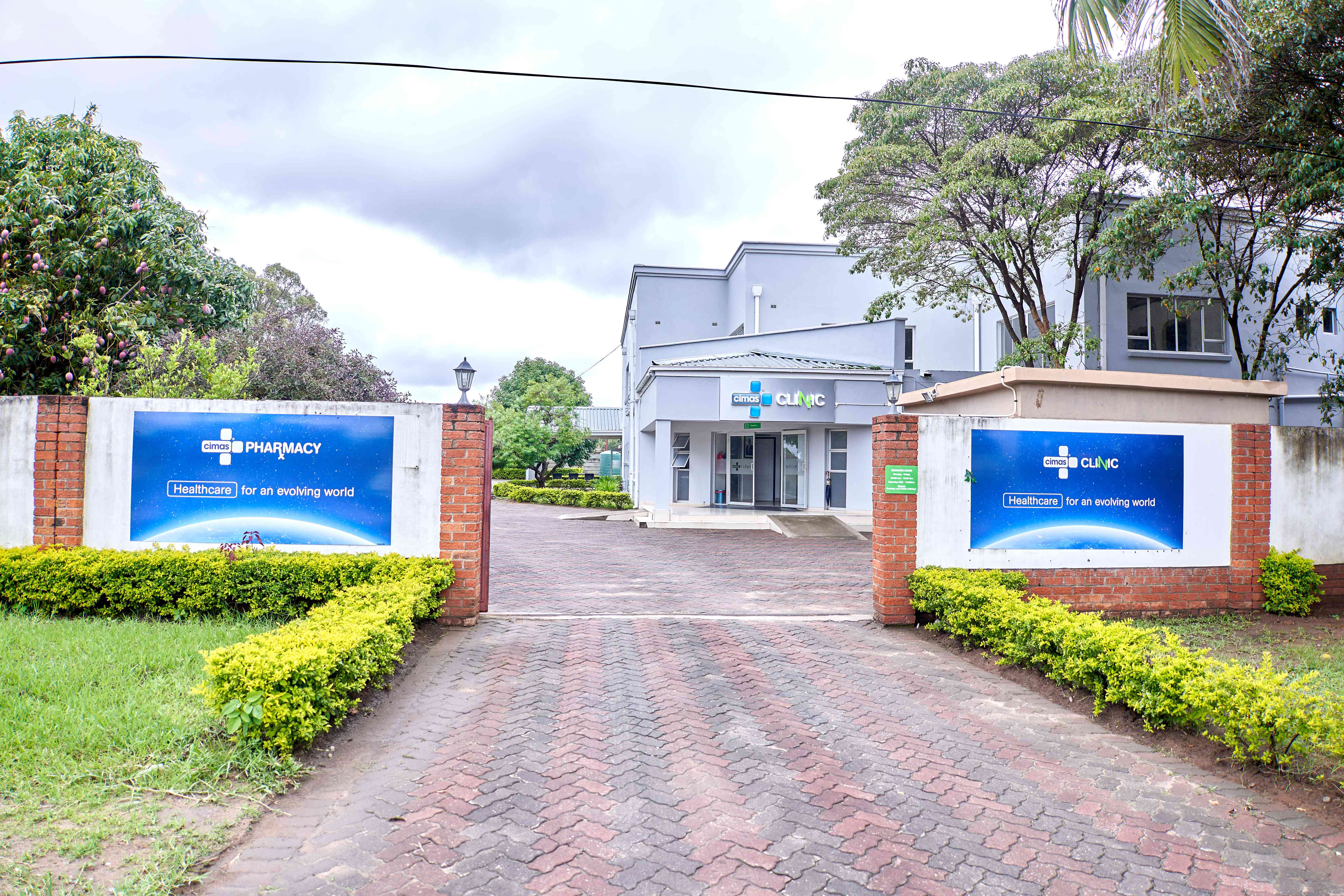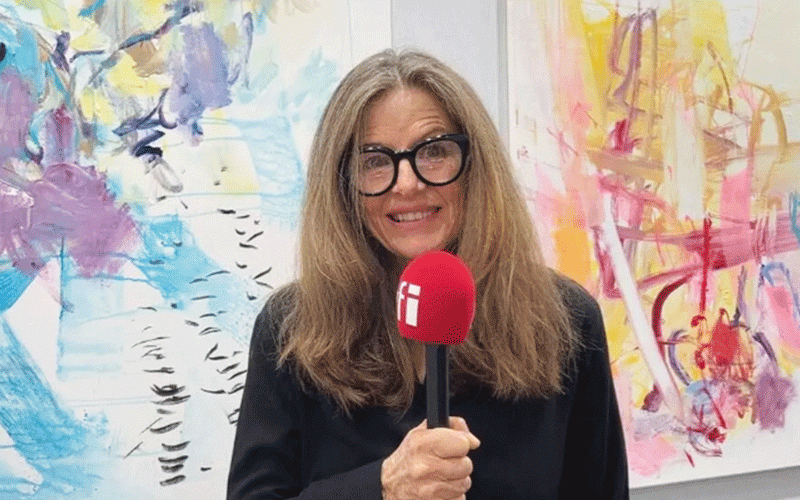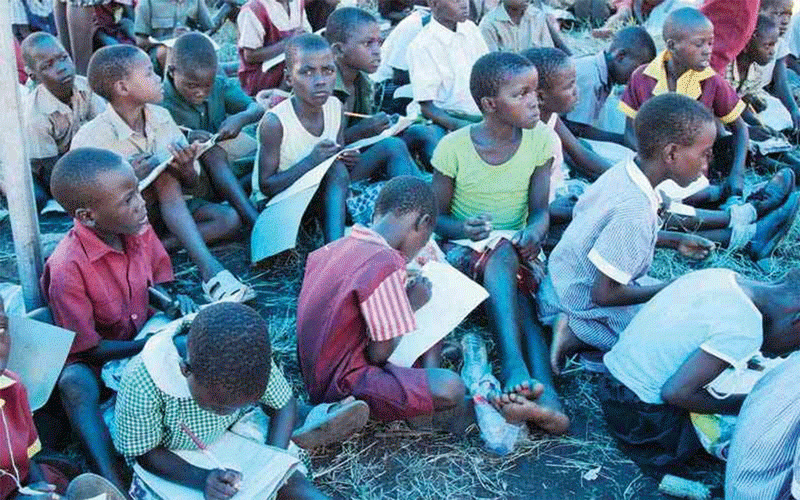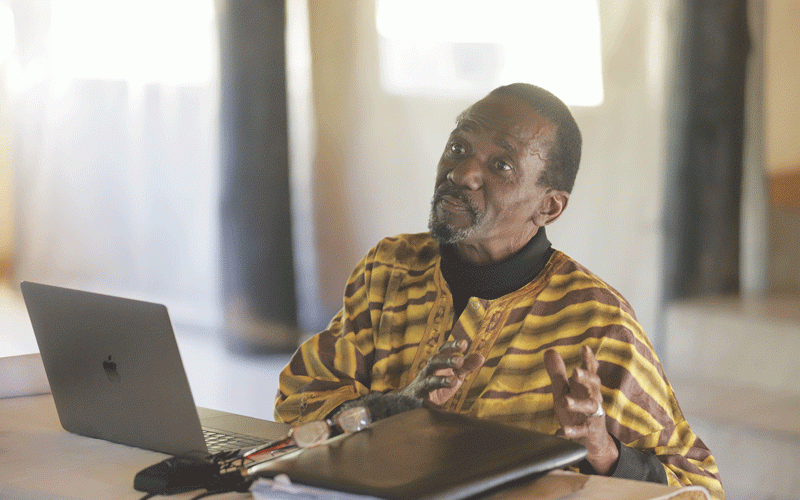
INNOVATIONS by Cimas Health Group have, apart from improved service to its subscribers and walk-in clientelle, demonstrated how it is possible to rescue Zimbabwe’s ailing health delivery system currently in the intensive care unit.
Those who can afford, including the country’s leaders, run to other countries for medical attention.
But Zimbabwe’s larger population relies on the public health system complemented here and there by mission hospitals, non-governmental organisations and the private sector.
Of late, others have been paying visits to traditional healers as healthcare costs spiral out of the ordinary man’s reach.
Research shows that every year, one out of 11 Zimbabwean children succumb to measles, poliomyelitis, diphtheria, pertussis (whooping cough), tetanus and tuberculosis, the five child killer diseases, before their fifth birthday, translating to 35 500 children annually.
The country’s health sector faces multiple challenges, including an exodus of skilled and other healthcare personnel, old infrastructure, malfunctioning or faulty equipment for either laundry and meals preparation, lack of essential medicines and commodities as well as poor salaries.
Lack of ambulances bites, in remote and urban areas alike.
In Beitbridge, patients are asked to fuel up government ambulances when referred to larger hospitals that are 200km and 330km away in Gwanda and Bulawayo, respectively.
- The story behind Zim media’s coverage of China
- Proposed media laws a travesty
- Letters: Journalists safety imperative as new laws come into action
- Police, media meet ahead of polls
Keep Reading
Elsewhere in the country, different tales of desperation obtain and deeper in rural areas, wheelbarrows and animal drawn carts of the medieval century are still in play, substituting ambulances where patients or their relatives do not afford the costs to hire ambulances or private cars.
The healthcare system breakdown has been worsened by humanitarian crises like the cholera and measles epidemics between 2008 and 2010, poor maternal and child health services.
Also, the higher number of people living with HIV and Aids has accounted for more than 20% of the deaths in children.
In 2009, it was estimated that more than one million Zimbabwean children had been orphaned by Aids and 1,2 million people were living with HIV, with an updated estimate suggesting 100 000 of these were children.
The deterioration in Zimbabwe’s healthcare services coincides with a fall in demand for services due to the introduction of user fees, now a barrier to basic healthcare for the most vulnerable Zimbabweans.
Government policy to provide free-of-charge health services for pregnant and lactating mothers, children under five and those aged 60 years and over is hard to implement owing to the current shortage of drugs blamed largely on theft from public pharmacies and government underfunding.
Giving birth in a government or municipal facility costs between US$3 and US$50, but this is prohibitive and many women have turned to traditional methods often unsafe.
In all this, government points its fingers at economic sanctions imposed on Zimbabwe after land redistribution, while opposition politicians blame what they believe is mismanagement and misrule by those in power.
Lack of supervision of staff, poor remuneration and lack of incentives for healthcare workers, just like other civil servants, has also been a major contributer to failing health delivery in the country.
But far away from this doom and gloom, Cimas, arguably Zimbabwe’s oldest private medical aid fund, has diversified to care-giving and wellness investments, making healthcare appear a walk in the park.
A Zimbabwe Union of Journalists (ZUJ)-organised tour of Cimas investments in Bulawayo alone told a story far from despair in the healthcare sector.
Cimas makes it hard for someone to buy the story of economic sanctions affecting the heath sector and rather exposes ineptitude by those mandated to run the public health system.
Offering a variety of rates on its different products like the Health Save costing US$7, Primary at US$12 and US$18 for children or students, the Essential for between US$30 and US$41, the Private for between US$41 and US$72 and the Prime that costs up to US$203, all monthly, Cimas has changed the healthcare landscape offering the desired care to its members.
Today at public hospitals, a patient pays US$6 consultation fee and if one requires an X-Ray, optical examination or dental care, it comes with an extra charge.
Patients also have to budget for drugs supplied at a different fee.
In total, a day visit to a public hospital can take as much as three to five times the monthly subscription of a member of Cimas.
Cimas offers laboratory medical facilities for informed treatments, dental hospital and its day clinic in Bulawayo as a case study reflected Cimas’ service at its outlets countrywide.
This is perhaps what Zimbabwe’s public healthcare needs now.
Marketing executive Tatenda Madzikanda said all Cimas outlets have modern-day equipment, making their clinics papeless and digital.
Cimas established its first clinic in 2003, responding to service providers’ refusal of its medical aid cards for cash payments, giving their clients what Cimas felt was undue substantial financial pressure on its members.
Today, it operates 14 well done clinics in Harare and six others in Mutare, Kwekwe, Gweru, Bulawayo, Masvingo and Victoria Falls.
It plans to expand to smaller centres.
These clinics serve an average of 400 000 members and non-member patients every year.
It also boasts six dental clinics established to expand the primary care service, offering and creating a one-stop affordable facilities to members and non-members.
In 2022, Cimas opened a new optometry unit and a radiology clinic in Harare.
The journalists drawn from different media outlets saw modern laboratory equipment used for precise diagnosis to support prescriptions to patients.
“In 2003, we opened a primary facility housing doctors and doing small procedures. The model worked, giving members access and important interactions with doctors,” said Thando Kembo, the Cimas chief operating officer.
“In 2014, we started evacuation (ambulance) business. We are also into the air rescue services. In 2016, we started the wellness business far ahead of everyone else.”
Kembo said all the Cimas facilities were digital and the organisation was rolling out paperless electronic clinics, a move into the future.
Cimas chief executive Vulindlela Ndlovu said his group strives to keep abreast with modern health standards.
“We want to inspire our members with the provision of global standards health. We will make sure our members live longer, happier and healthier lives which is why we put emphasis on wellness,” he said.
“We would be happy if the uptake of medical aid is as much as that of funeral policies,” added Ndlovu.
Several journalists are of the view that government could partner positive institutions like Cimas in its attempt for better public health provisions.
“There are methods that could be used in national budgets to have organisations with such capacity assist in running public health through public, private partnerships whose ultimate aim is to have health for all sooner rather than later,” one journalist said.
The proposed partnership with journalists could also help educate people importance of early health interventions for longevity.
During the tour, ZUJ secretary-general Perfect Hlongwane said Cimas Health Group is one of the sponsors of the annual National Journalism and Media Awards in the Health Reporter of the Year category.
“We are pleased with the relationship we have with Cimas Health Group, and we know there are many more developments in this partnership,” he said.











